Picasso Blocks: A Tool to Support Programming
Jan 18, 2023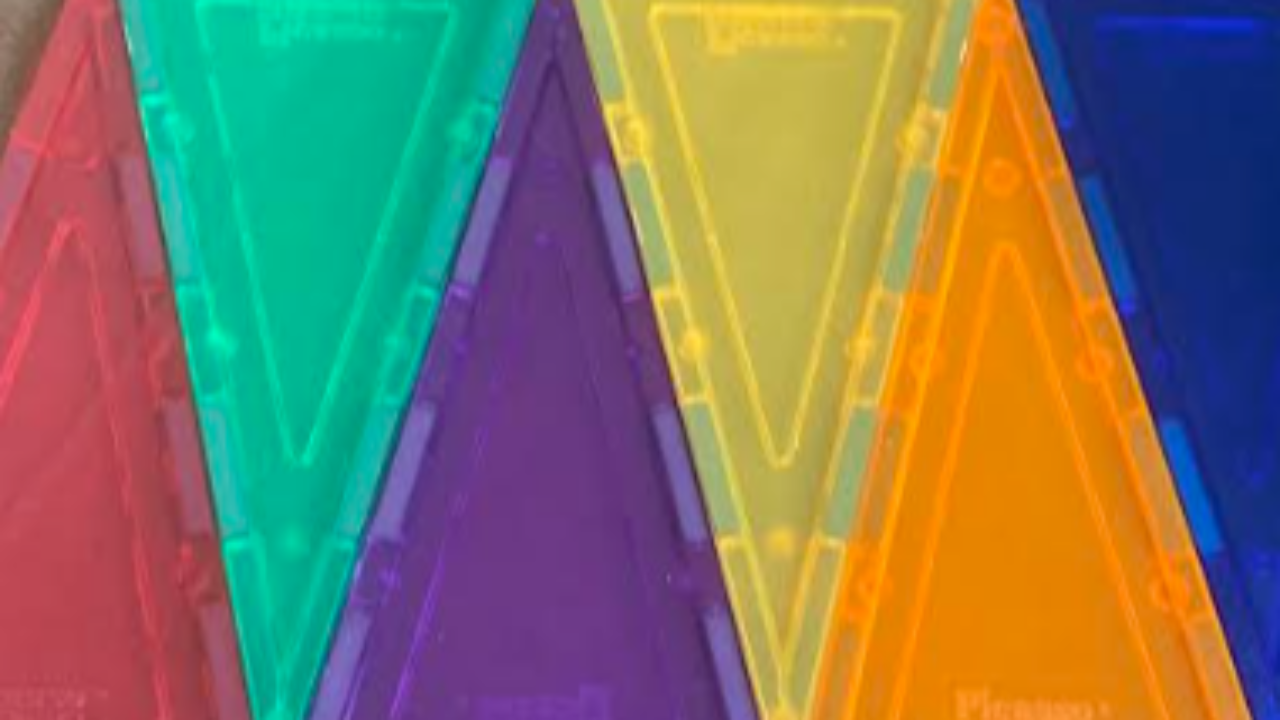
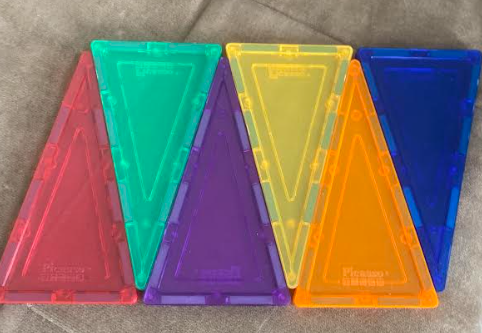
What are Picasso Blocks? Picasso Blocks are shape-building magnets that help children immerse themselves into the geometric world. Our youngest learners are able to interact with these blocks and yet they can have a benefit for our more seasoned learners when paired with different activities.
Many coding programs can interconnect with the use of these blocks, but before students master any of those programs, they need to have an understanding of how geometry works. For example, two triangles can be placed together to form a rectangle or a square, depending on the types of triangles. Starting with tools like Picasso Blocks at a young age is helping your young learner foster those critical thinking and problem-solving skills that can be applied to computer programming.
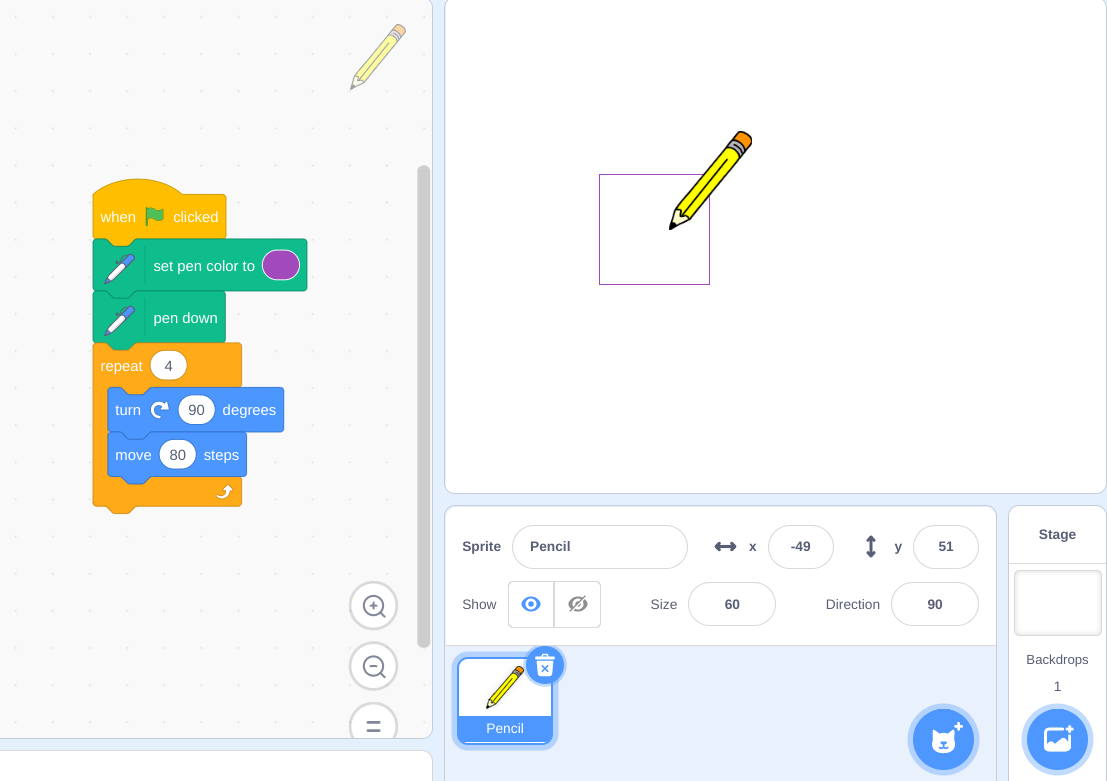
Scratch, a free online block-coding platform, includes something called a Pen Extension. This extra set of instructions provides the option to write code to draw. Let’s take a simple geometric shape like a square for example. A square has four equal sides and four 90 degree angles. When writing code to draw a square, you can include an instruction that tells the Pen to turn 90 degrees. This can be looped four times because a square has four of these 90 degree angles.
Additionally, students need to understand that they have to move the Pen a certain amount of steps to account for the length of the sides of the square. Because each side is equal in a square, this instruction can also be part of the loop. Having worked with squares to build objects before, or even having a Picasso tile in front of them while writing the code is a great way to visualize what’s happening in the program. Students can trace along the edges of the square to visualize what it is the Pen is doing when it is moving a certain amount of steps.

There are also free online programs like GeoGebra which allow you to plot different shapes on the coordinate plane, such as the triangle you see in the image. Triangles have different angle sizes, but knowing the coordinates can help to program the triangles in Scratch, as well. Mastering these abstract concepts and creating a program using code starts with having a concrete understanding of how shapes work. Plotting a triangle on the coordinate plane is a supportive tool for creating a coding program to draw a triangle, just as working with triangles in tangible form (like with Picasso tiles) is a way a supportive tool for learning how to plot on the plane.
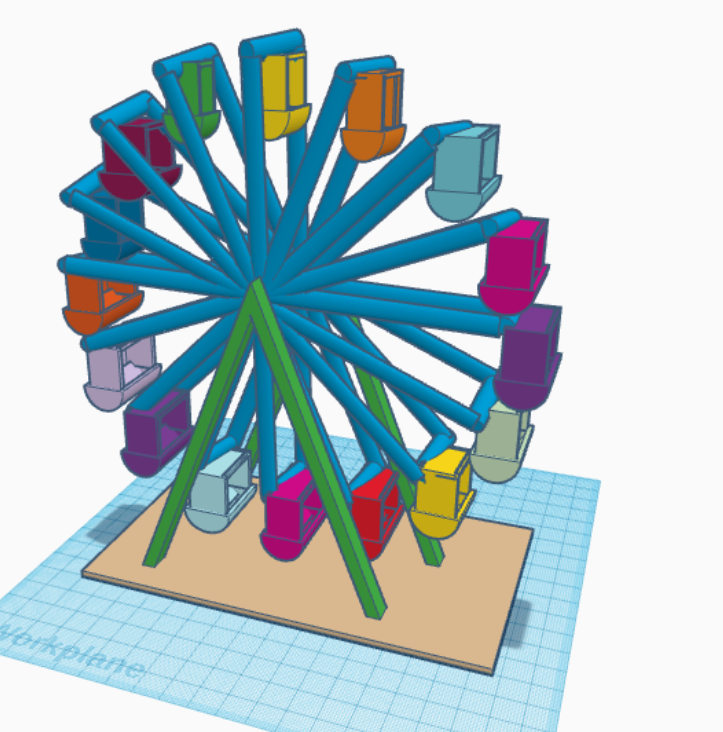
Another online program called Tinkercad provides the option to create 3D Designs. Here, you can create all sorts of intricate designs using basic geometric shapes. Being able to design an object like a Ferris Wheel requires a simple understanding of how shapes can fit together to form larger ones. The cars, for example, are made of a cube and half a sphere. Being able to see how these shapes can be cut in half, turned and manipulated to form a car involves being able to visualize how basic geometric shapes can work together.
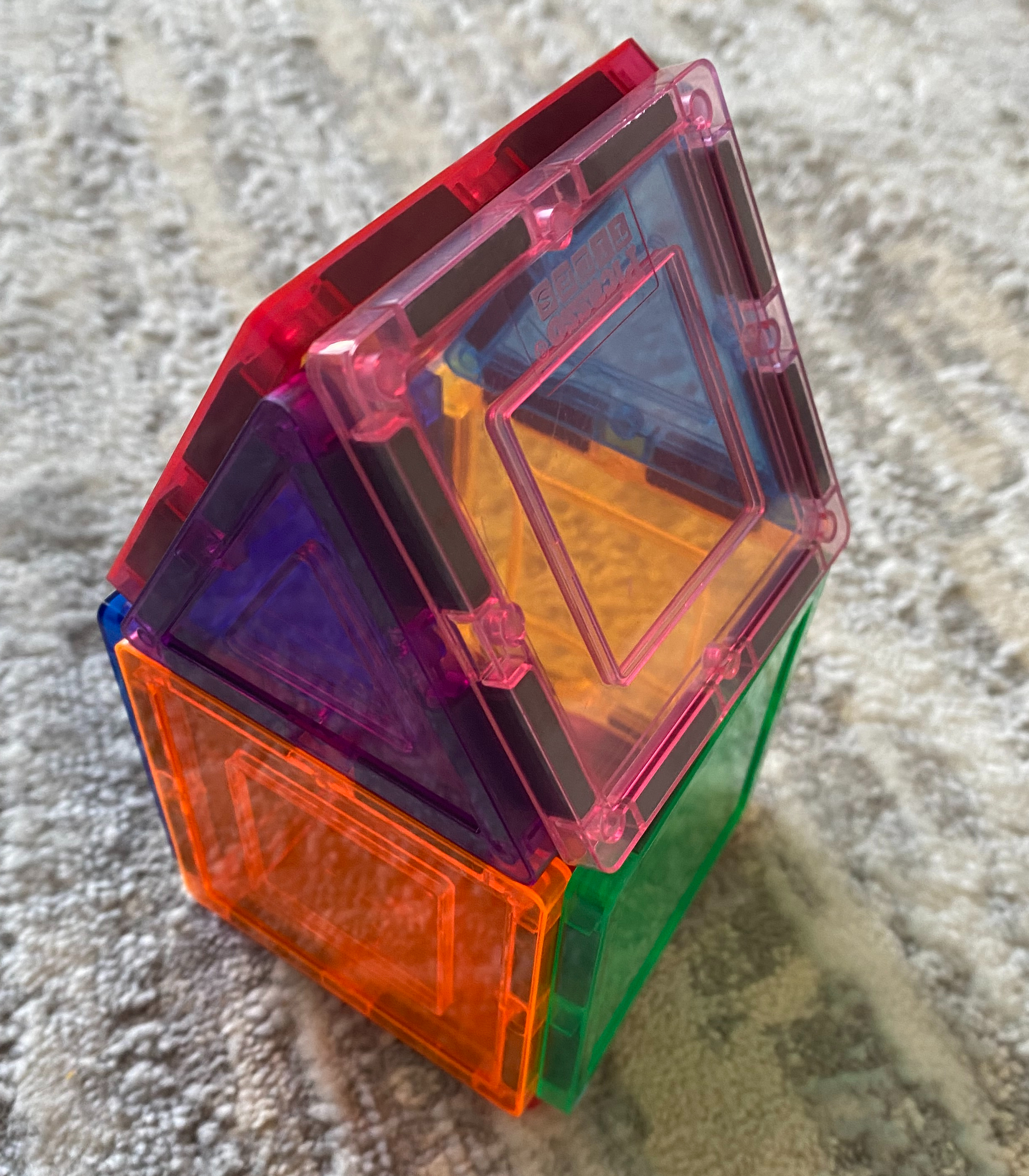
Again, this begins at the earliest level when children are working with tools like Picasso blocks. Here, the tiles are used to create a house. The house is composed of square and triangle tiles. This is a challenge for early learners, but activities like these help form their knowledge of how geometric shapes work.
Once your learner gets older, you don’t need to put the blocks away. These are a great tool to use as a supplement to geometric coding programs in the classroom, no matter how old or experienced students are. Picasso blocks provide a tangible experience that students can use to plan and write programs that require abstract thinking. As with the Scratch example of tracing the sides of a square to understand the move ( ) steps direction, using these tools synonymously with abstract programs can help students better understand how these programs work. The tiles can also be a supplement or even a modification to support our students with special needs or language needs.
So, if you’re looking to fuel your child’s critical thinking skills at an early age, consider Picasso blocks. hey are tools that can help form the minds of our youngest learners, and yet continue to be used as they progress throughout their many years of education. Exposure to tools like Picasso blocks helps our earliest learners begin to understand how shapes work and provide them with the building blocks they need to understand more detailed ideas like programming later in life. Who knew that something so simple could provide us with so much?
Stay connected with news and updates!
Join our mailing list to receive the latest news and updates from our team.
Don't worry, your information will not be shared.
We hate SPAM. We will never sell your information, for any reason.

